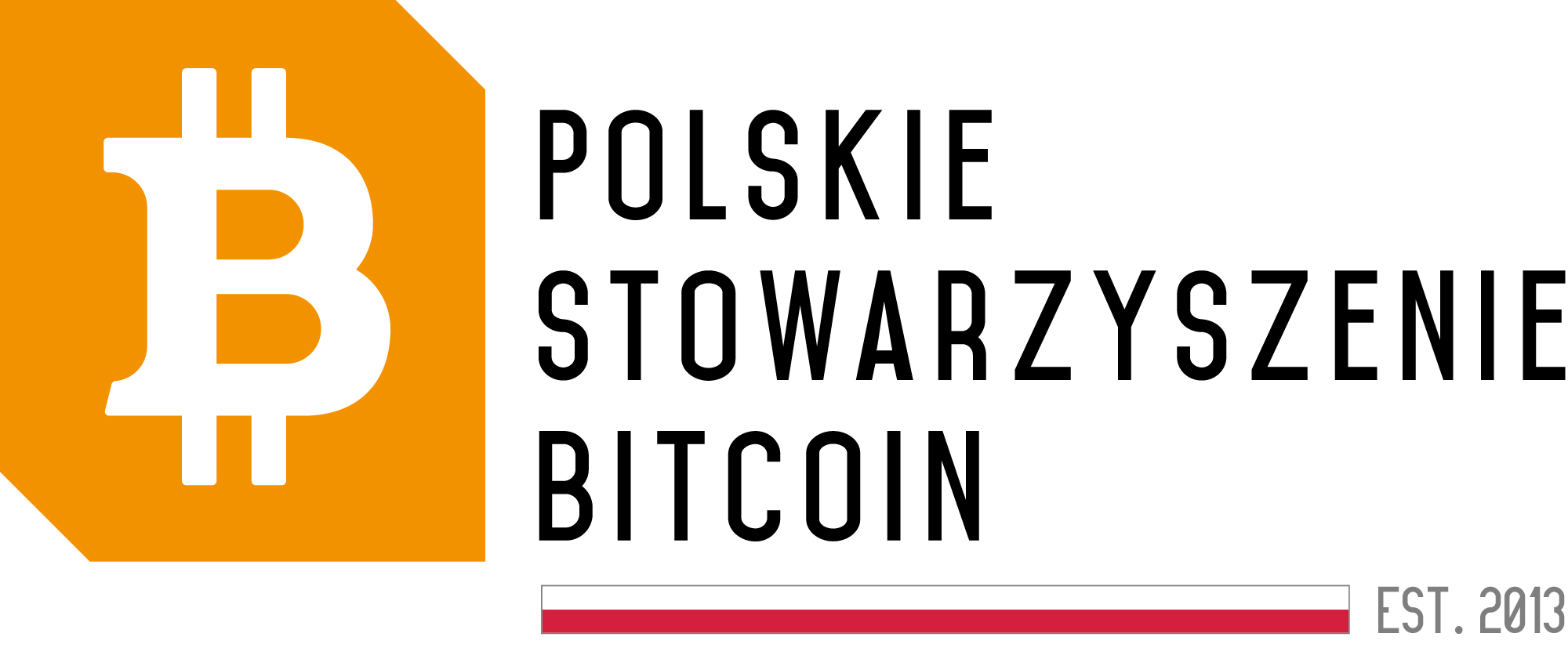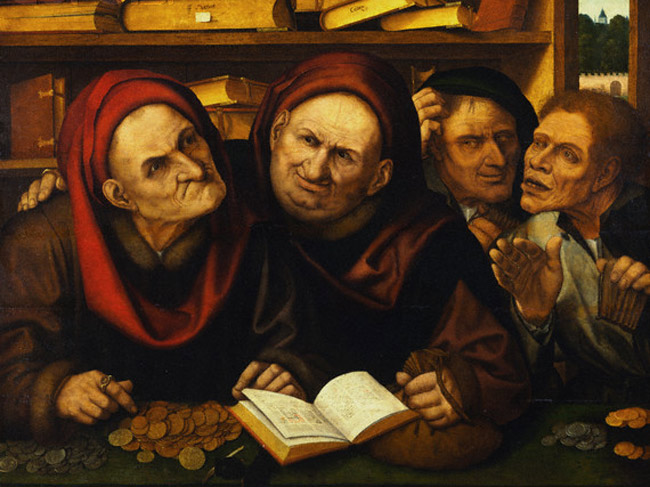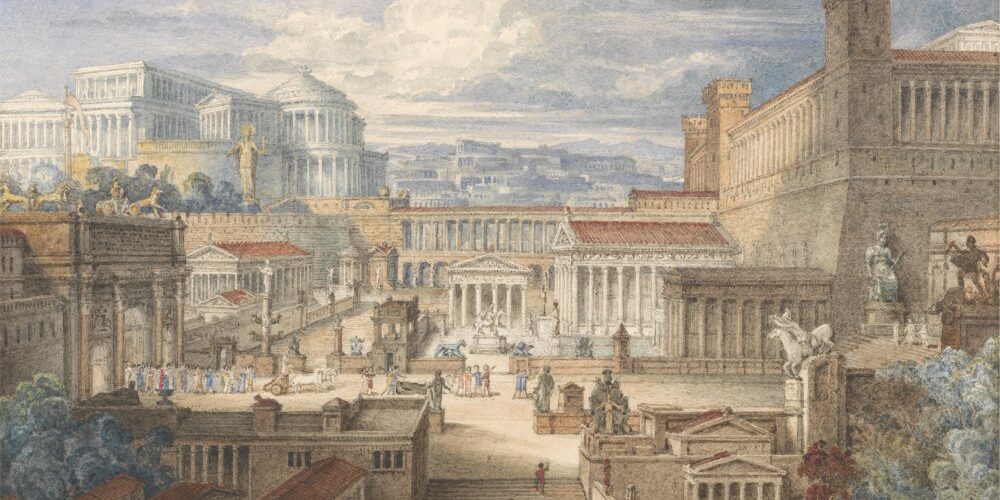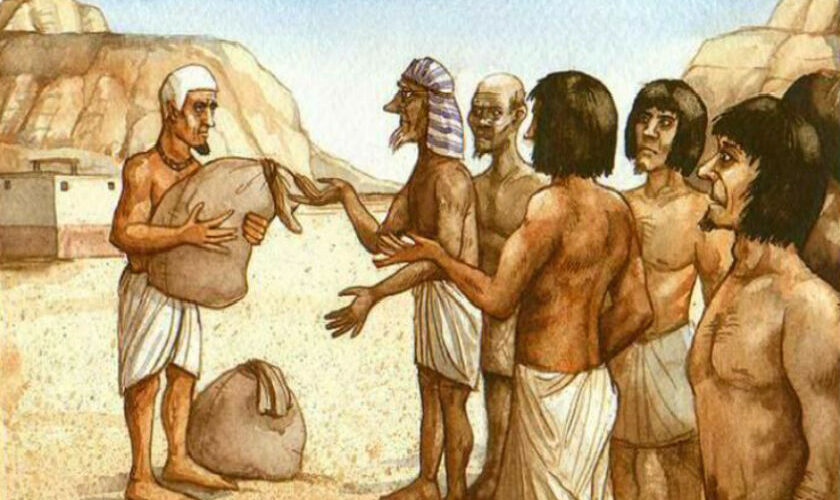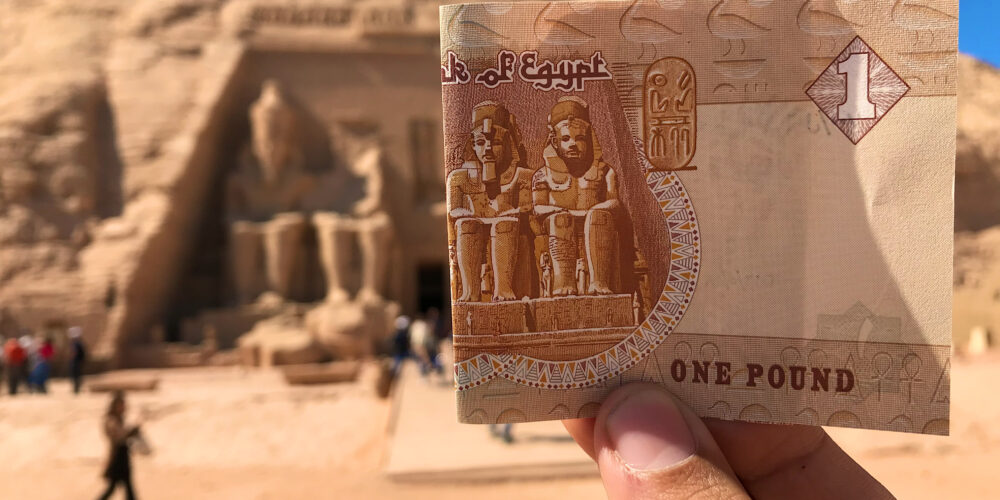The History of Inflation in Poland – from Mieszko I to Kazimierz the Great

I often write about how blockchain and cryptocurrencies can change (or are already changing) our world in the pages of Web Economy. Today, however, let’s take a look at how digital currencies can change the economic future of Poland, first analyzing our country’s past. Ready for a journey through time? Buckle up!
You often get the impression in conversations with friends that they don’t really know how money is created? Their general knowledge of economics – to put it mildly – is not impressive? Well, I recently discovered that many people believe that the issue of inflation is a matter of the 20th century. Well, it’s not! Coins were debased (even in our country) for centuries! But let’s start from the beginning.
Mieszko I, the Pioneer
Allow me to introduce Mieszko I, a significant figure in the history of Poland. Historians widely recognize him as the first ruler of Poland. Mieszko I was undoubtedly a wise and astute prince who possessed a deep understanding of the realities of his era. In a momentous event in 980 AD, he introduced the inaugural Polish coin known as the silver denarius. It is worth noting that the initial demand for this novel form of currency was not staggering, with approximately 15,000 coins being circulated, collectively weighing 22 kilograms of silver. Even a casual observer would discern that the market capitalization was relatively modest during that period.
Perhaps a larger issuance would have been possible since there was no shortage of silver in the Polish lands at that time (our ancestors were engaged in slave trading, which could bring significant profits). However, it was about something else. Only the ruler had the right to mint coins. Therefore, transactions often involved using grain or amber.
Bolesław I, the Golden
Mieszko I’s son, Bolesław the Brave, should have a different nickname in our lineup of Polish rulers. After all, he brought a sufficient amount of gold and silver to our lands, thus stimulating the economy of that time. How did he achieve this? Well, it wasn’t anything groundbreaking in those days. His hobby was conquest and attacks on neighbors. As a result, he brought about 120 kg of silver with him, from which 80,000 new coins were minted. Gold coins also appeared in circulation, which became necessary due to the growing population.
Unfortunately, Bolesław may have been a good warrior, but he seemed to know less about economics. That’s why he gradually began to deceive his subjects regarding the coins he minted. The basic unit at that time was the grzywna, which weighed 200-250 grams. However, archaeologists find coins from that period with less silver content. It was not a practice strong enough to cause severe inflation. However, over time, the phenomenon gained intensity.
Inflation
However, the phenomenon of inflation affected medieval knights and peasants. Coins with trimmed edges are found, for example. From those cut-off fragments, new units of payment were probably attempted to be smelted. Such money debasement was primarily carried out by private individuals who later minted counterfeit coins, not by rulers. The rulers strictly punished counterfeiters. Each fraudster was “rewarded” by having hot lead poured into their throat. This rather unpleasant tasting experience did not discourage them from further counterfeiting of coins, as we know from archaeological discoveries.
Mieszko III, the Debaser
Which prince in our history went too far with debasing coins first? It was Mieszko III the Old. He lived in a rather peculiar period. His father, Bolesław the Wrymouth, divided the country into districts, small states. Each of them was ruled by a different son, and the oldest of them ruled in the so-called senioral district. Of course, the lords could not live in peace and quickly started fighting for the position of senior. Mieszko had some success in this field; he even sat on the throne in Kraków and gained control over the princely mint. The result? In 1173, about 700 coins were produced from one grzywna of silver. After four years, it was over 1300. The coins were so thin that a stamp could only be impressed on one side! However, the subjects of that time were not too submissive and overthrew the prince. It should have been a good lesson for his successors. Unfortunately, it didn’t turn out that way…
Decentralization
However, not everything related to the territorial fragmentation had negative consequences. In the 13th century, there were as many as seven mints in the Polish territories (in Gniezno, Kalisz, Płock, Inowrocław, regular Wrocław, Poznań, and Sandomierz). Monetization privileges were also granted to monasteries and archbishoprics from Słupsk, Nysa, Żnin, Łowicz, Lubiąż, Krobia, and Otmuchów. To make matters worse, the nobility could also issue their own money. The condition was that their circulation be limited to their own territories.
What was the result? Surprising! The decentralization of coins made their debasement more difficult. In other words, the competition that arose in the medieval market led local rulers to take care of their own currencies. If any of them attempted any manipulation, there was a risk that their subjects would start using coins from neighboring states. Not to mention the possibility of being dethroned.
… and inflation again
In the 14th century, the Polish lands were reunified under the rule of Władysław I the Elbow-high. This once again centralized the currency. Unfortunately, it also led to its debasement. In 1315-1316, one denarius contained 0.3 grams of silver. After four years, it was reduced to 0.19 grams, and in 1330, only 0.11 grams. This practice was continued by Casimir the Great, who, despite being regarded as one of the most outstanding rulers in history, could not resist the temptation to debase the currency.
To be continued…


